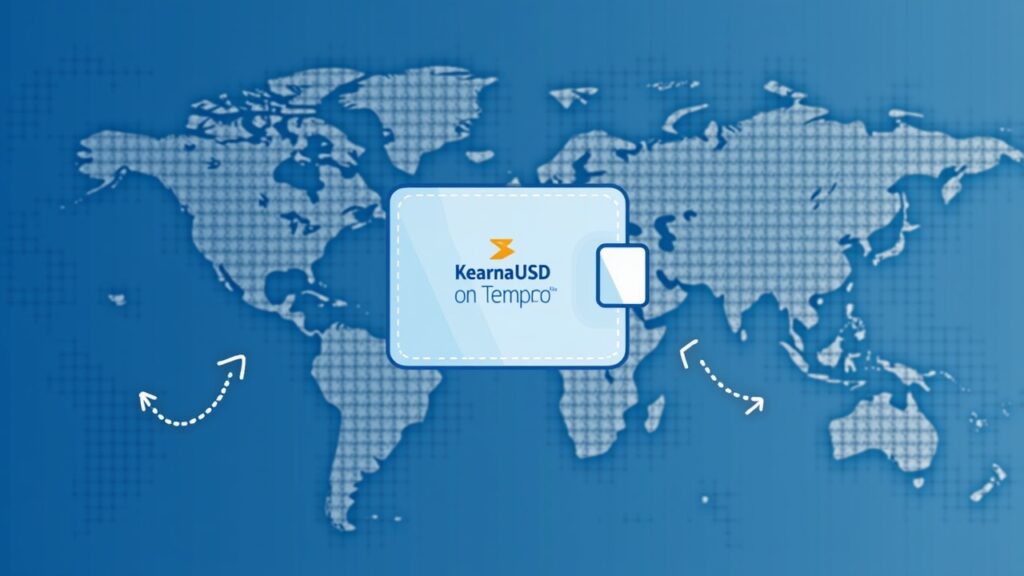Klarna launched KlarnaUSD, a dollar-backed stablecoin, and is testing it on Tempo’s testnet, the new blockchain built by Stripe and Paradigm, in Sweden. The move aims to speed up and reduce the cost of cross-border payments at a time when stablecoin transactions are growing rapidly and European regulatory scrutiny is intense.
KlarnaUSD is being developed on Tempo, a Layer‑1 designed for fast settlements, high throughput and low fees, and today it operates on the test network with a planned mainnet deployment scheduled for 2026. The stated operational goal is to reduce frictions and times in international transfers that, according to estimates cited by the company, generate about $120 billion annually in fees.
McKinsey places stablecoin transactions at around $27 trillion per year, a figure that underscores the scale of the market Klarna aims to address. Klarna brings a large customer base as a competitive advantage: the company reports 114 million users and public reports cite between $112 billion and $118 billion in gross merchandise volume (GMV) processed annually.
The choice of Tempo is explained by the need to convert payment tokens into “digital cash” with near-instant settlement and capacity for high volumes, which, according to CEO Sebastian Siemiatkowski, will allow “challenging old networks and making payments faster and cheaper for everyone”. A stablecoin is a digital token whose value is linked to a reference asset, generally fiat currency, to reduce volatility in payments and settlements.
Technology and commercial reach of KlarnaUSD
Klarna is a regulated bank in Sweden, so KlarnaUSD will be subject to scrutiny by the Swedish financial authority (Finansinspektionen) and under the European regulatory framework, especially the MiCA regulation, which sets requirements for issuers of crypto-assets and stablecoins. Concerns from supervisors such as the ECB and the ESRB about the impact of stablecoins on the banking system increase regulatory complexity and could translate into strict operational requirements.
The technical issuance relies on Open Issuance by Bridge, Stripe’s infrastructure for stablecoins. That architecture facilitates outsourcing of reserve, redemption and compliance functions —including KYC/AML controls— while Klarna maintains control of the customer experience. The balance between innovation and compliance will be key: the company seeks to operate within a supervised framework and not outside the rules.

